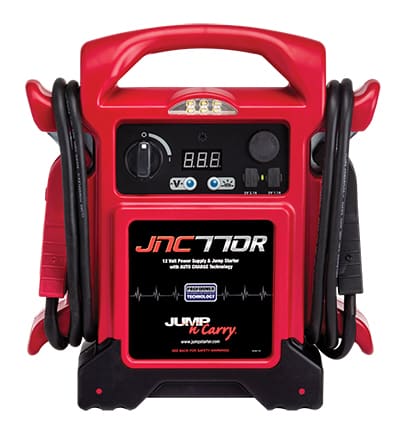I've looked at the first couple pages of "booster" search results, and haven't quite seen what I'm looking for. If there is in fact a related thread, please feel free to point me to it.
I'm looking for recommendations relating to a battery booster suitable for cold weather usage. The application would be vehicles with 4.6-6.2L V8s.
To be clear, I'm not trying to band-aid a failing electrical system or battery, but would like to have one just in case. I've had a couple instances of coming home from a warm-weather holiday to a vehicle parked at the Edmonton airport in -30°C or worse weather, and would prefer not to have to wait for the assistance truck to come give me a boost. As you can probably imagine, I wouldn't be taking it on the plane, so it would need to be able to sit in the cold and still perform. Aside from airport parking and other extended trips, I would keep it in the house to maximize lifespan.
I'm currently looking at the Noco GB40 based on Amazon search results.
I'm looking for recommendations relating to a battery booster suitable for cold weather usage. The application would be vehicles with 4.6-6.2L V8s.
To be clear, I'm not trying to band-aid a failing electrical system or battery, but would like to have one just in case. I've had a couple instances of coming home from a warm-weather holiday to a vehicle parked at the Edmonton airport in -30°C or worse weather, and would prefer not to have to wait for the assistance truck to come give me a boost. As you can probably imagine, I wouldn't be taking it on the plane, so it would need to be able to sit in the cold and still perform. Aside from airport parking and other extended trips, I would keep it in the house to maximize lifespan.
I'm currently looking at the Noco GB40 based on Amazon search results.


